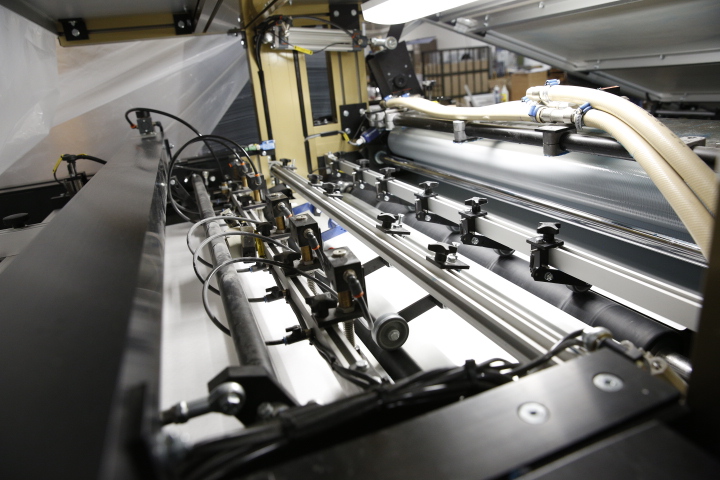Designing Print Materials That Resonate with Prospective Students
Learn how schools can design print materials that engage, inform, and inspire prospective students through thoughtful strategy and execution.

Print still matters in student recruitment. Even in the digital age, there’s unique and irreplaceable value to using print to support higher education marketing. Providing students with tangible, high-quality print materials, loaded with creative and eye-catching details, creates strong emotional connections that digital can’t rival. Better yet, these materials last in a prospect’s possession, generating continuous touchpoints and an immediate source of reference whenever curiosity strikes. To help you make the most of these strengths, this blog will break down the strategies and techniques that go into creating high-performing print products for prospective students.
Understanding the Prospective Student Mindset
First, it’s important to remember just how many questions prospective students and their families have in mind when they’re considering schools. Questions like:
- What kinds of degrees can I earn here?
- What kinds of extracurriculars and clubs can I join?
- What will it be like to live on campus?
- What is there to do and explore in the surrounding community?
- What does life after school look like for alumni?
Effective print prospecting materials need to address as many potential aspirations, concerns, and goals as possible to improve the odds of winning over new students. These resources also need to be high-quality in order to make students and their families feel that they’re being treated with respect and sincerity. Vivid visuals, professional designs, quality papers, and attention-grabbing finishes all help communicate not just the information on the page, but also the emotional connections students are searching for.
Print Formats for Prospective Student Engagement
Next, it’s important to focus resources on print formats that have been proven effective for attracting prospective students’ attention. Examples include:
- Viewbooks
- Brochures
- Direct mail postcards
- Personalized acceptance packages
- Event campus signage
- Swag
- Campus visit folders
- Branded stationary
Printing a variety of high-quality, cohesive prospecting materials helps ensure that, no matter what a potential student needs, they’ll always walk away with something tangible in hand.
For a look at how print supports students from first contact to long after graduation, read our blog on print touchpoints throughout the student journey.
Design Techniques That Build Trust and Excitement
Of course, maximizing the traction of print materials requires consideration of more than just format. Design principles and visual strategies also play a critical role in print media’s success. For higher education specifically, some of the most important design elements to include are:
- Strategic use of brand colors, brand fonts, logo, etc. across all types of collateral.
- Eye-catching, story-telling photography that illustrates campus life, student experiences, and academic pursuits.
Attention-grabbing finishes that enhance tactile and visual impact, such as:
- Soft touch coating
- Embossing and debossing
- Metallic foils
- Spot gloss
- Informative text layouts with clear information hierarchy, evocative copy, and compelling calls to action.
Depending on the type of collateral, not all of these principles will apply. Lean into the strengths of each format to maximize its impact. Admissions folders, for example, can convey gravitas simply through the prominent use of school colors and a logo emphasized with embossment or foil. On the other hand, a viewbook is expected to be a wealth of information and eye candy, building a student’s excitement for and investment in their future at your institution.
Personalization Strategies Using Variable Data Printing
Finally, higher education prints do well to take full advantage of personalization services whenever applicable. This means incorporating personal details into the print content handed out to individual students, such as:
- Student name
- Academic programs of interest
- Location-specific messaging
- Student intent specific messaging
- Student background specific messaging
Such personalization can help increase a prospective student’s sense of connection to a given institution. It also ensures the right information is prioritized for each student, optimizing print space without sacrificing any personally pertinent details.
Interested in how a top quality printer can help your school level up their recruitment process? Reach out to Wallace Carlson today!
Conclusion
Work that stands out across time and industries
Looking for more insights on print marketing and design? Check out the latest blogs from Wallace Carlson for expert tips, industry trends, and strategies to elevate your brand.



